|
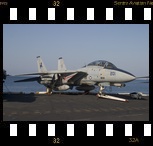 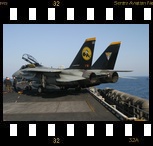 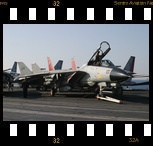 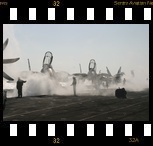
The USS Theodore Roosevelt went into service on October 25, 1986 with enough nuclear fuel in its two reactors to theoretically remain at sea for 20 years. Her top speed is believed to be above 30 knots and she boasts a flight deck 320 metres long. From the bottom of her keel to the top of the highest mast is 70 metres.
Under the command of Captain John R. Haley who has 5500 men and women serving under him, the carrier began what has been termed the “Last Cat Standing Cruise” on September 1, 2005.
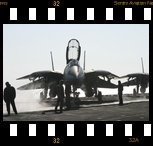 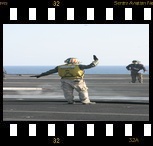 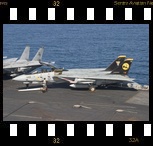 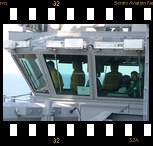
During the following months, the two F-14 squadrons on board (VF-213 “Black Lions” and VF-31 “Tomcatters”) flew a combined total of 6876 hours which included 1163 combat sorties. The Tomcats’ final combat mission was flown on February 8 and was led by Capt. A. Sizemore, commander of the carrier air wing. The complete CVW-8 wing flew 19362 hours on 5412 missions during the “cruise”.
Most of the combat missions were flown from the carrier, although some were also made from land bases in the Gulf area.
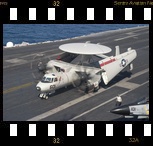 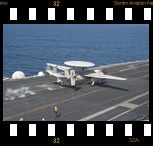 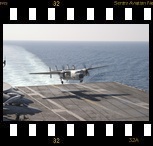 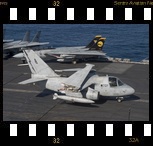
The USS Theodore Roosevelt was eventually replaced in the Persian Gulf by America’s latest nuclear carrier, the USS Ronald Reagan, which is on its first operational cruise.
As the Theodore Roosevelt started its return voyage to the United States, it called in at Marmaris , in Turkey, where I and a number of other journalists, joined the ship for a 36 hour voyage to Souda Bay, at the island of Crete (Greece), during which time we were able to sample what life is like on this giant ship. As I write this on board, we are “at sea” in the Mediterranean, It is hard to believe, judging by all the activity, that this is a home-going trip.
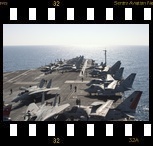 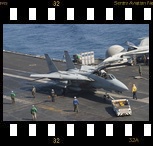 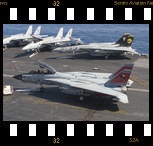 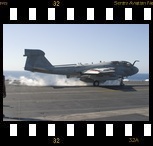
There is flying going on most of the day and sometimes well into the night as well. Small wonder, when one considers all the aircraft on board. In addition to the two squadrons of F-14 Tomcats, there are also two strike fighter squadrons of McDonnell F/A-18s, the VFA-15 “Valions” and the VFA-87 “Golden Warriors”. There is also the VAW-124 “Bear Aces” airborne early warning squadron equipped with the Grumman E-2C. This cruise was a milestone for this squadron as it was the first time that the aircraft had been flown operationally with the new eight-bladed propellers.
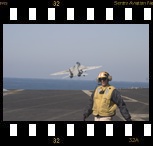 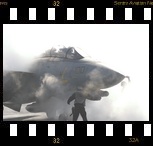 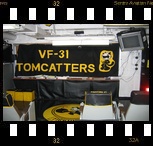 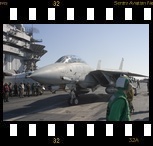
The Grumman C-1A Greyhound aircraft equip the fleet logistics support squadron, the VRC-40 “Rawhides”, and the Lockheed S-3B Vikings of the sea command squadron, the VS-24 “Scouts”, were on their last deployment. This squadron is due to be disbanded next year and all Vikings will be withdrawn from US service in 2009.
The electronic attack squadron VAQ-141, the “Shadow Hawks” are equipped with the Grumman EA-6B Prowlers, and the sole anti-submarine helicopter squadron, the HS-3 “Tridents”, is equipped with the Sikorsky SH-60 Seahawks.
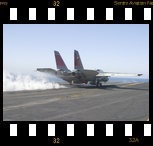 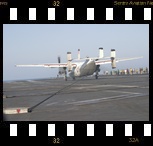 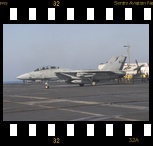 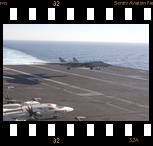
TOMCAT BACKGROUND
The Grumman F-14 Tomcat began operations some 30 years ago as a fighter/interceptor equipped with the AIM-9 Sidewinder, the AIM-7 Sparrow and the AIM-54 Phoenix missiles.
Tasked with fleet defence and air superiority, the Tomcats were upgraded to become the F-14B, and with later upgrades and modifications, became the current version in 1990 as the F-14D. The aircraft was later assigned a new task, namely that of a bomber and it was not long before their crews nicknamed the aircraft the “Bombcat”.
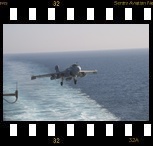 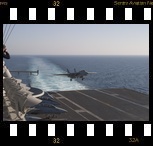 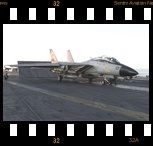 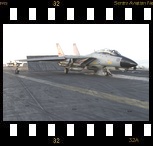
Its new ground attack role was made possible by the use of the low altitude navigational and targeting infrared for night (LANTRIN) system and the wing mounted tactical air reconnaissance pod system (TARPS). Installed in a dual “chinpod” under the nose, are a Television Camera System (TCS) and an Infrared Search and Track (IRST) system.
A new feature was added last December called ROVER (remotely operated video enhanced receivers) which enabled the Tomcats to take real-time video images of the battlefield and broadcast them back to the ground forces.
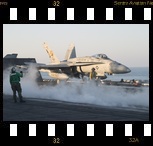 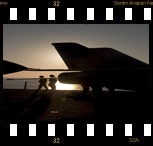 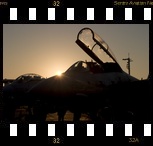 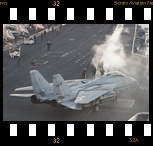
The “Black Lions” squadron has already begun its transition to the F/A-18 Super Hornet, while the VF-31 “Tomcatters” squadron will continue to operate the F-14D aboard the USS Theodore Roosevelt during the ship’s readiness and “sustainment” period. The squadron is then due to switch over to the Super hornets in October this year when the carrier will be temporarily withdrawn from service for a major refit expected to take about three years to complete.
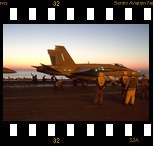 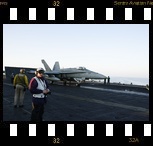 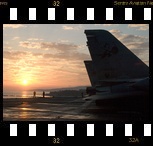 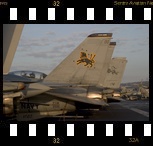
I added an update of VF-213 F-14s that are gone by now, or will be gone soon.
Source: http://www.alert5.com/
VF-213 Final Tomcat Flights
March 29 - 211-159629 – Kenner LA
April 01 - 210-163897 - McClellan AFB
no date yet - 206-163893 - Arnold AB TN
no date yet - 207-161166 - Evergreen OR
April 13 - 204-161159 - Pensacola FL
April 13 - 205-161163 - Bloomington IL
March 28 - 200-164347 - AMARC
March 28 - 203-164348 - AMARC
March 28 - 213-164602 - AMARC
AMARC - 212-164349
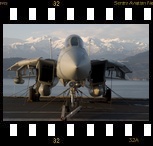 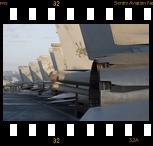 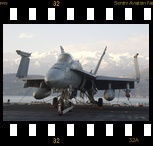 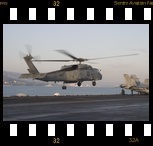
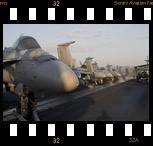 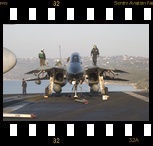 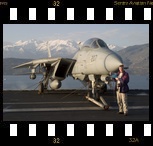 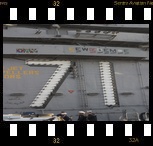
Photos from the port of Marmaris, during a nice sunny day. And a set of patches.
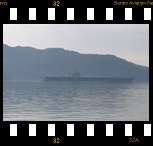 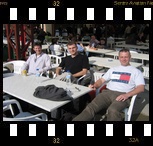 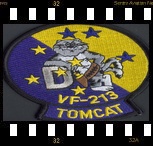 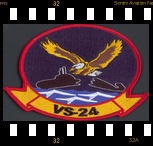
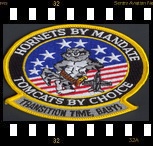 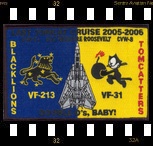 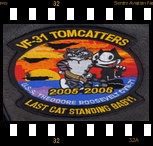 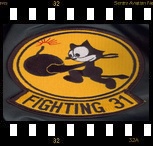
Publications>
The visit to the USS Roosevelt, with the 'Last cat standing' Tomcats, delivered some publications in aviation magazines.
Frontpage Tailhook magazine
AIREVIEW 2006-06
Air Fan magazine 2006-06
Vayu magazine 2006-3
Aviation International magazine 2006-07
World AirNews 2006-05
Piloot en Vliegtuig 2006-04 (2 photos)
|























































 Back to top of page
Back to top of page Sentry home page.
Sentry home page.